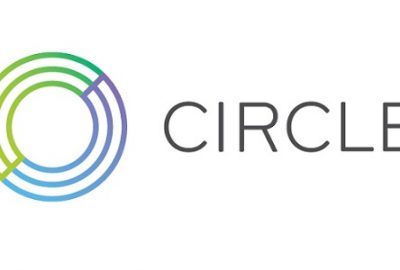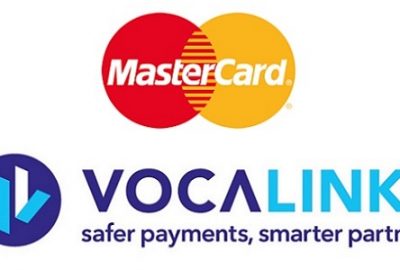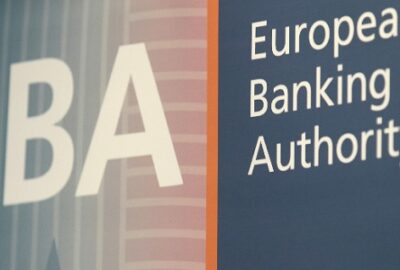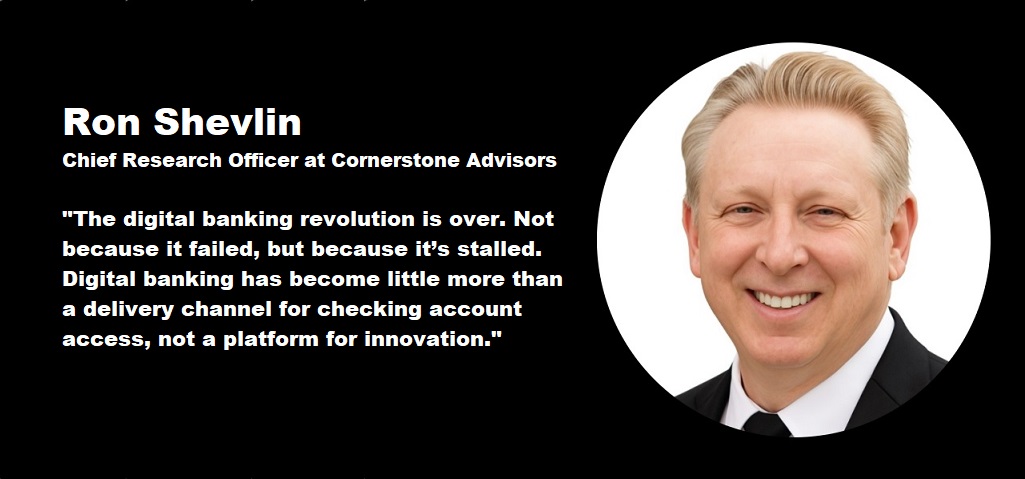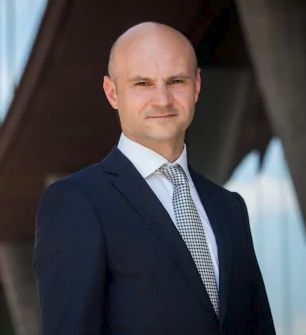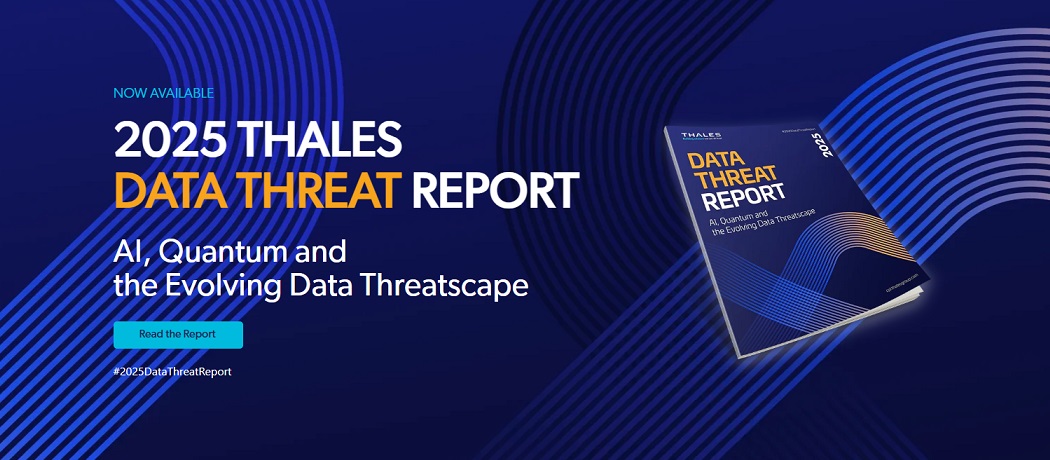Two-thirds of consumers will switch providers due to fraud experience or for better safeguards
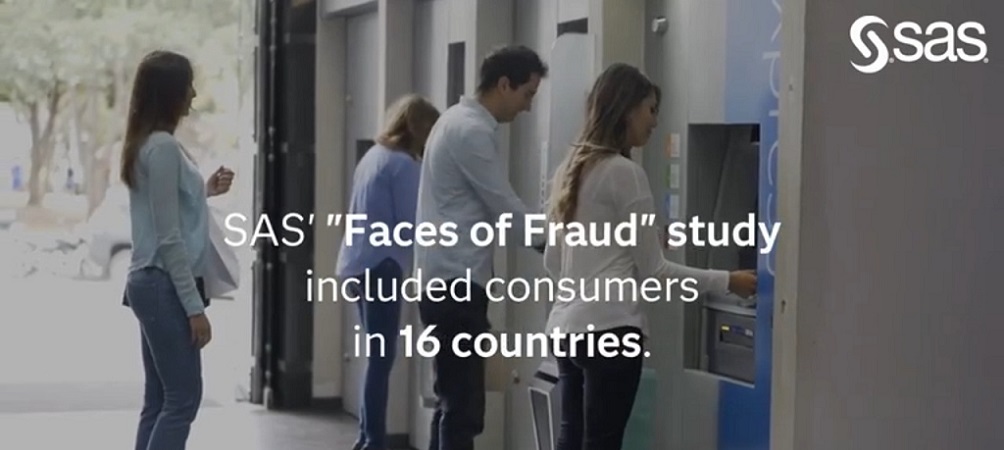
Survey of 13,500 consumers shows three-quarters fear falling victim to fraud; nine in 10 believe organizations should do more to protect them.
The scams deluge that flourished during the COVID-19 pandemic and proliferates yet today has heightened the public’s fraud anxiety. Rampant fraud is also reshaping individuals’ expectations about organizations’ obligations to protect them – and the compromises they are willing to make to enhance security – according to a new consumer fraud study by AI and analytics leader SAS.
Based on a survey of 13,500 consumers in 16 countries, Faces of Fraud: Consumer Experiences With Fraud and What It Means for Businesses reveals the immensity of the global fraud problem:
. Most consumers (70%) reported having experienced fraud at least once. Four in 10 indicated they have fallen victim to fraud twice or more.
. Nearly half (47%) said they experienced more fraud in 2022 compared to previously.
. Almost nine in 10 (86%) admitted to being more wary of fraud than in the past.
The most common fraud strategies reported by survey respondents were attempts to obtain banking details or personal data. Mobile phones and email emerged as the communications channels most often used by fraudsters to make initial contact.
“When fraudsters are successful in their exploits, organizations in highly targeted industries like banking, insurance, government, retail and telecommunications serve as unwitting conduits for criminal activity,” said Stu Bradley – Senior Vice President of Risk, Fraud and Compliance at SAS . “Given that two-thirds of the consumers surveyed said they would change service providers due to fraud or if another provider offered better fraud protections, the potential consequences of inaction are substantial and should not be ignored.”
The give and take of evolving customer expectations
Consumers’ shifting attitudes underscore the importance of robust fraud defenses, with 89% of respondents indicating that organizations should be doing more to protect against fraud. The silver lining for businesses? Most of their customers are willing to sacrifice some convenience for stronger safeguards:
. Three-quarters said they would agree to more delays and checks in transactions for better fraud protection.
. Eight in 10 are willing to use biometric methods like facial recognition, hand geometry, retinal identification or voice recognition for payments and transactions. Further, more than half (57%) prefer to use unique identifiers like biometrics to authenticate at time of transaction versus remembering fixed passwords.
. Seven in 10 expressed a willingness to share more personal data (e.g., location, behavior, etc.) with service providers on the basis they use this information to boost anti-fraud measures.
The power of AI: minimizing friction while maximizing security and customer experience
Of course, organizations must strike a balance between fast, low-friction customer experience and right-sized fraud defenses, particularly given the explosion of digital services. Despite the elevated fraud risks associated with digital transactions, consumers’ predilection for such services only stands to grow; 86% of respondents anticipate they will continue to use digital services at their current level (65%) or use them even more often (21%).
AI-enabled fraud detection can deliver the best of both worlds by helping organizations find more fraud earlier and much more quickly, improving both the efficiency and accuracy of their real-time fraud detection and prevention strategies. Unlike rules, which are easy for fraudsters to test and circumvent, the application of machine learning can help organizations better identify anomalies in real time and stay ahead of rapidly evolving threats.
That’s been the standard for SAS’ fraud and financial crimes solutions for decades – and SAS’ commitment to developing market-leading technology in this arena continues in its recently announced $1 billion investment in industry-tailored AI solutions.
“The rapid rise of generative AI tools will only make it easier for fraudsters and organized criminal rings to outmaneuver traditional fraud detection methods,” said Bradley. “Employing layered fraud detection capabilities that use the same advanced analytics technologies can help organizations beat the criminals at their own game. Those who rise to their customers’ expectations can turn fraud prevention into a loyalty builder and, ultimately, a competitive edge that helps them automate and grow their business, while cutting fraud losses.”
Methodology
SAS commissioned 3Gem Research and Insights to undertake a global study into some of the key trends in fraud against consumers at the end of 2022. The findings are based on a sample size of 13,500, with a 50/50 split of men and women. Respondents came from the United Kingdom and mainland Europe, the United States, Canada, Brazil, the United Arab Emirates and South Africa.
Dariusz Mazurkiewicz – CEO at BLIK Polish Payment Standard
Banking 4.0 – „how was the experience for you”
„To be honest I think that Sinaia, your conference, is much better then Davos.”
Many more interesting quotes in the video below:



